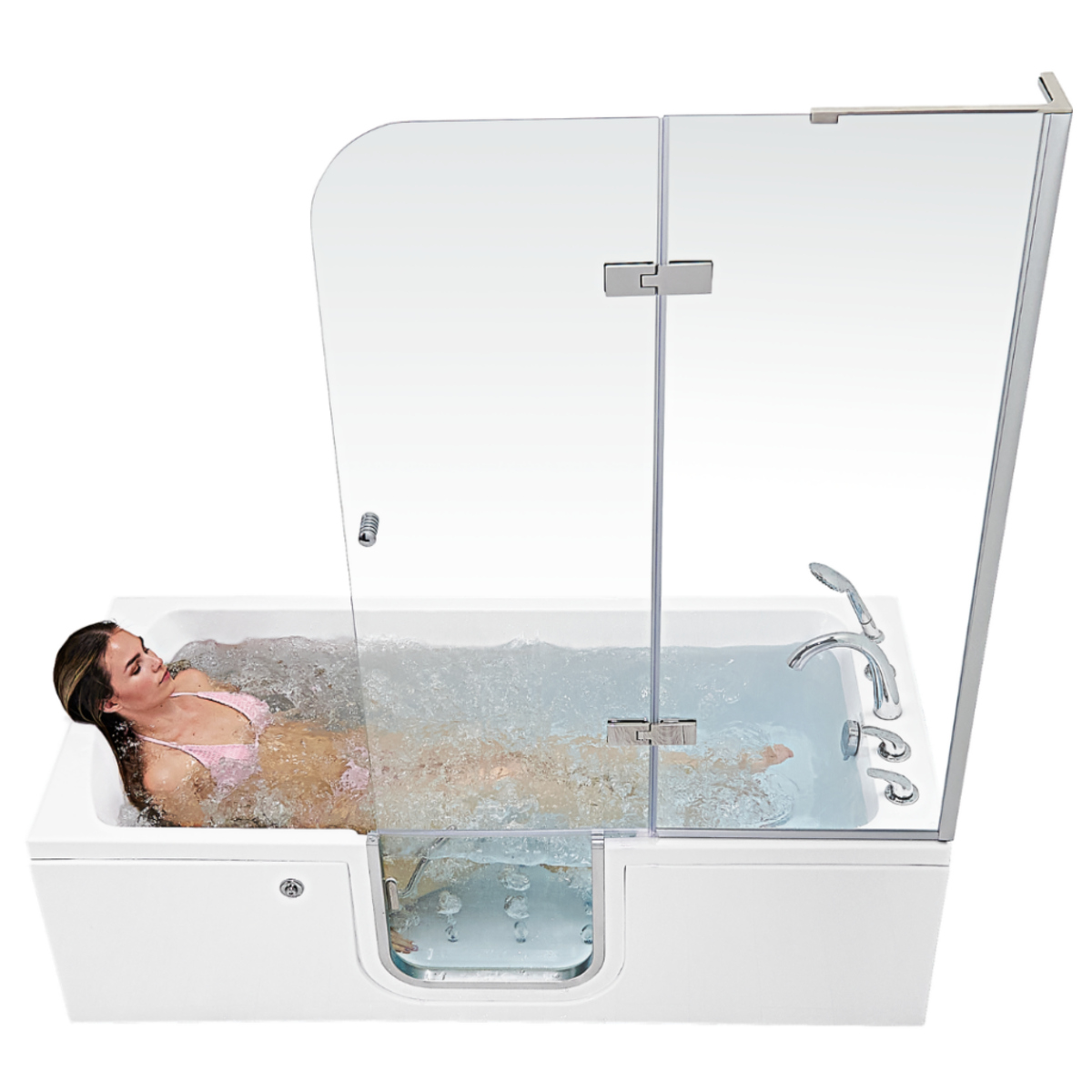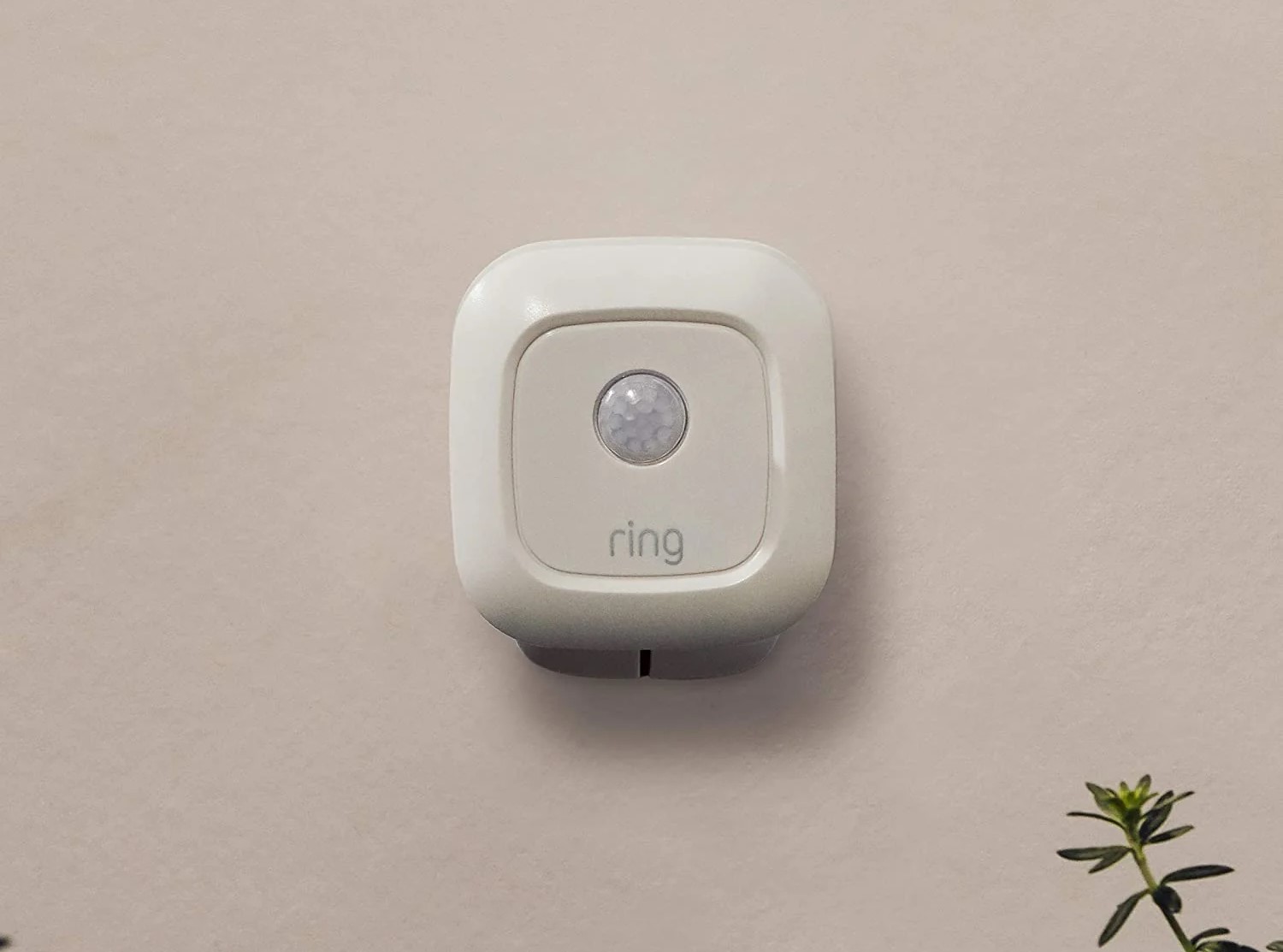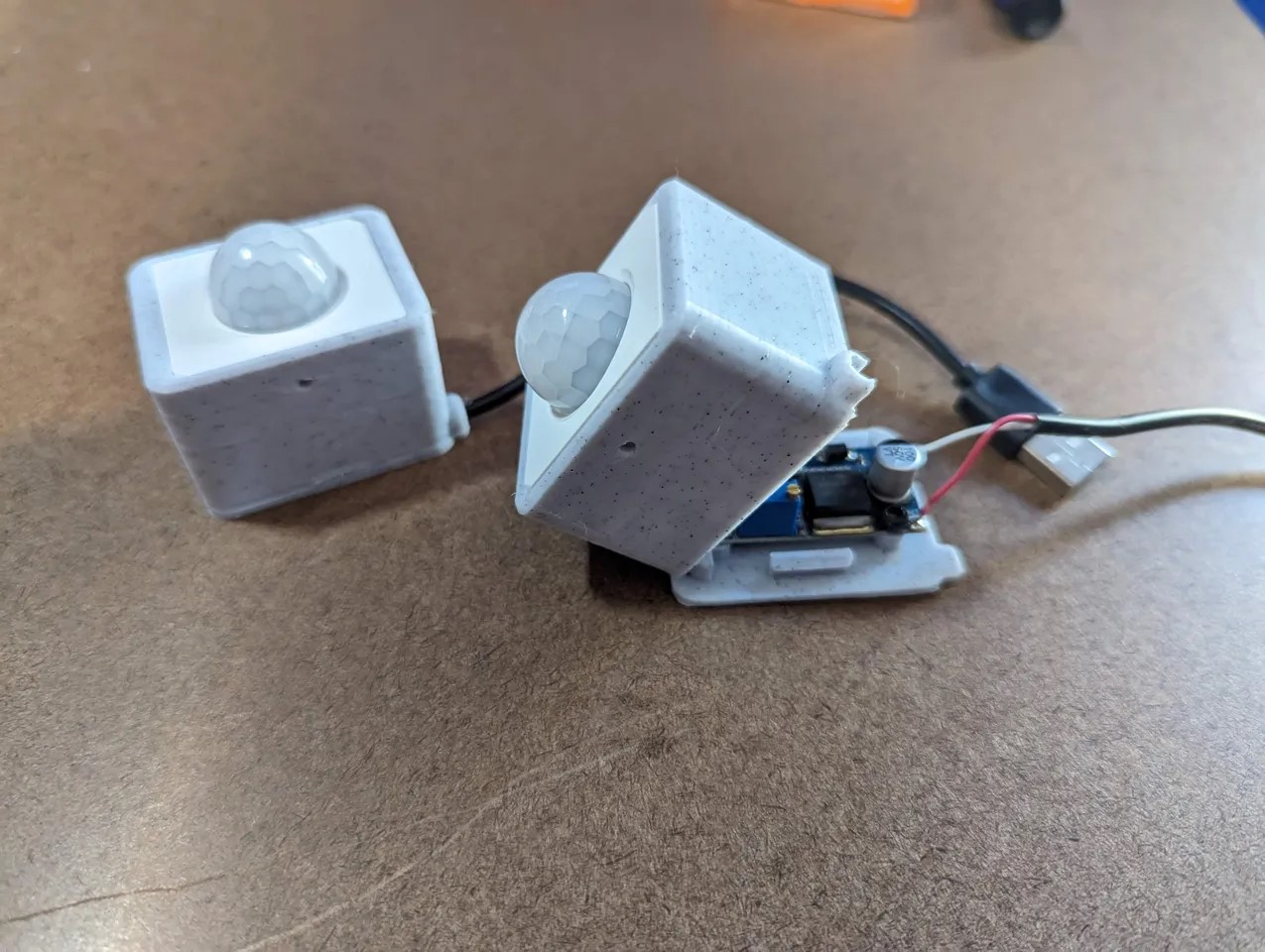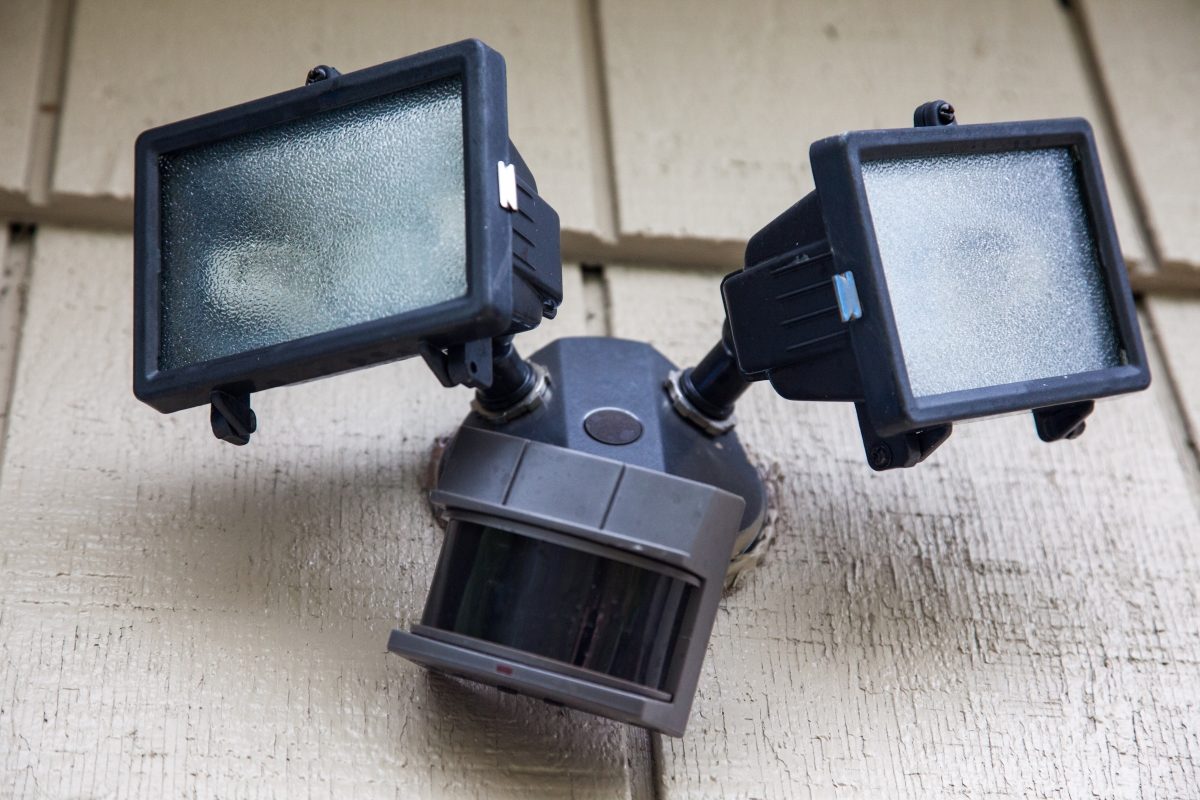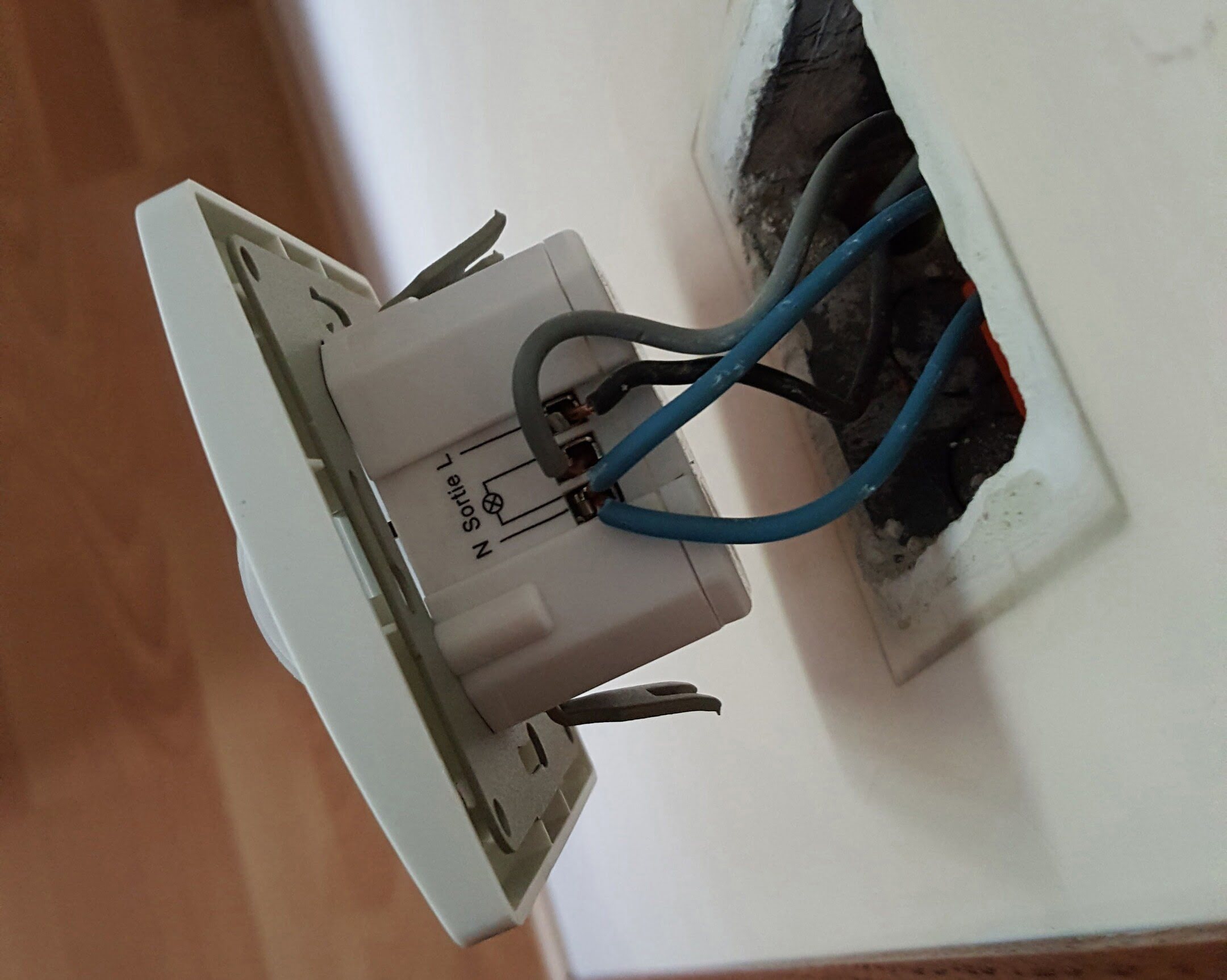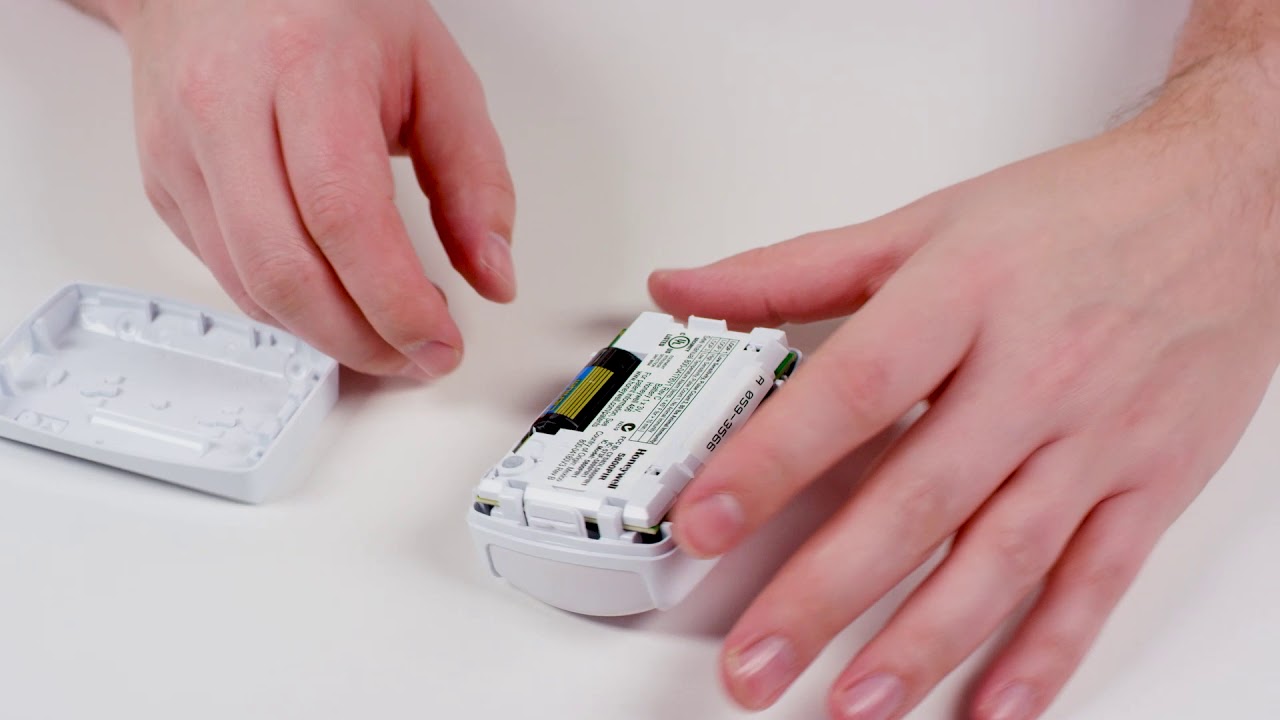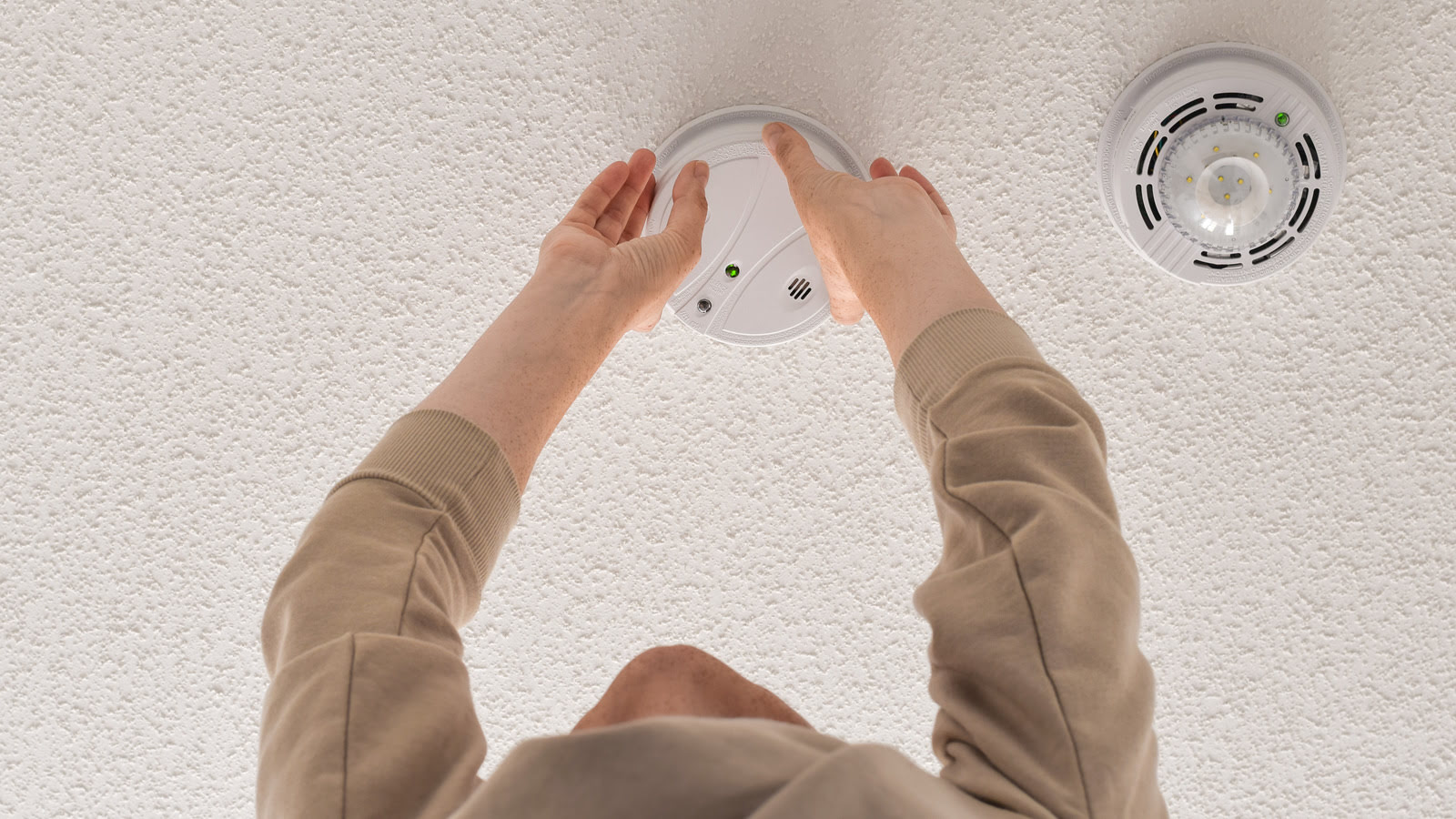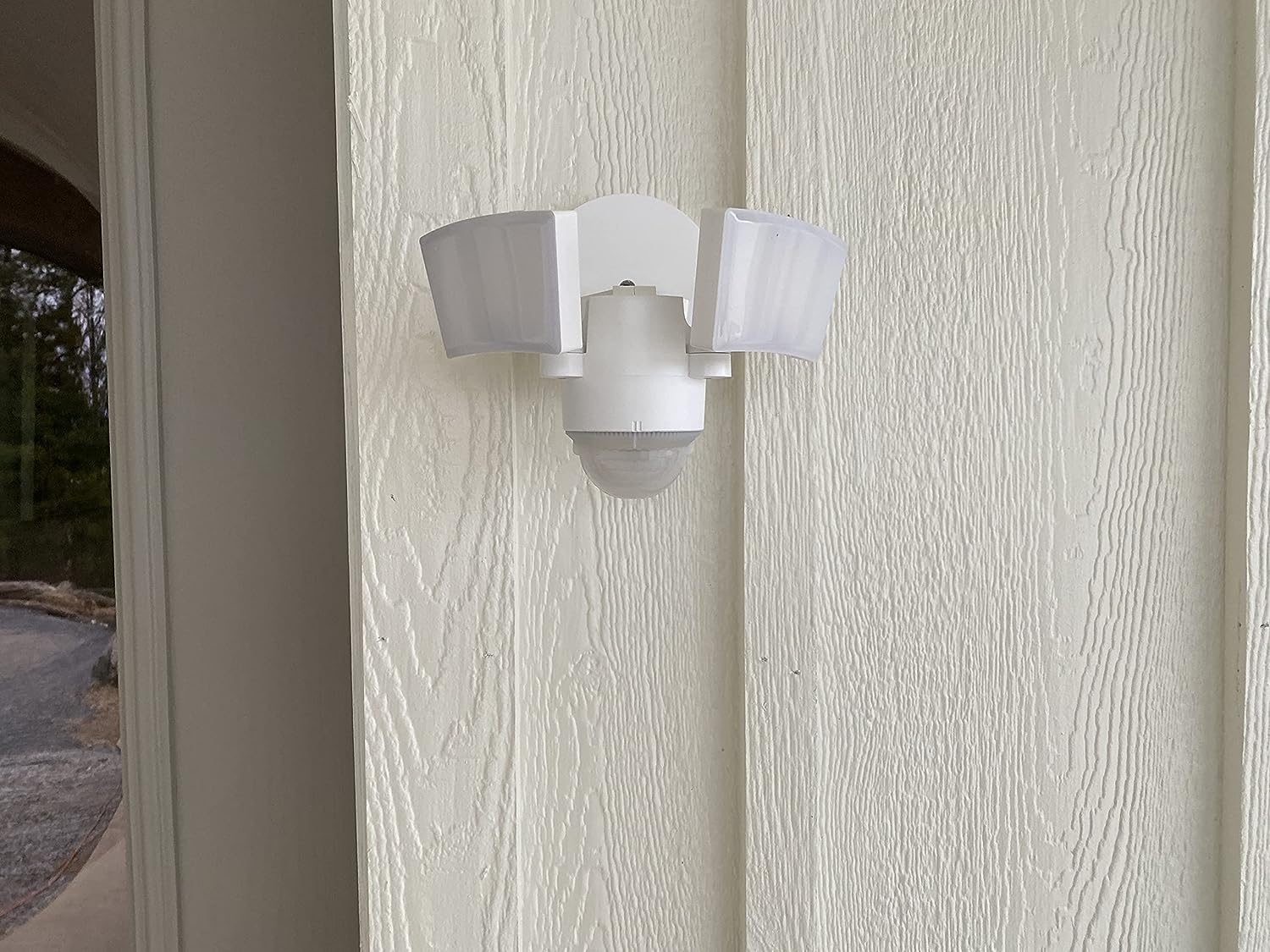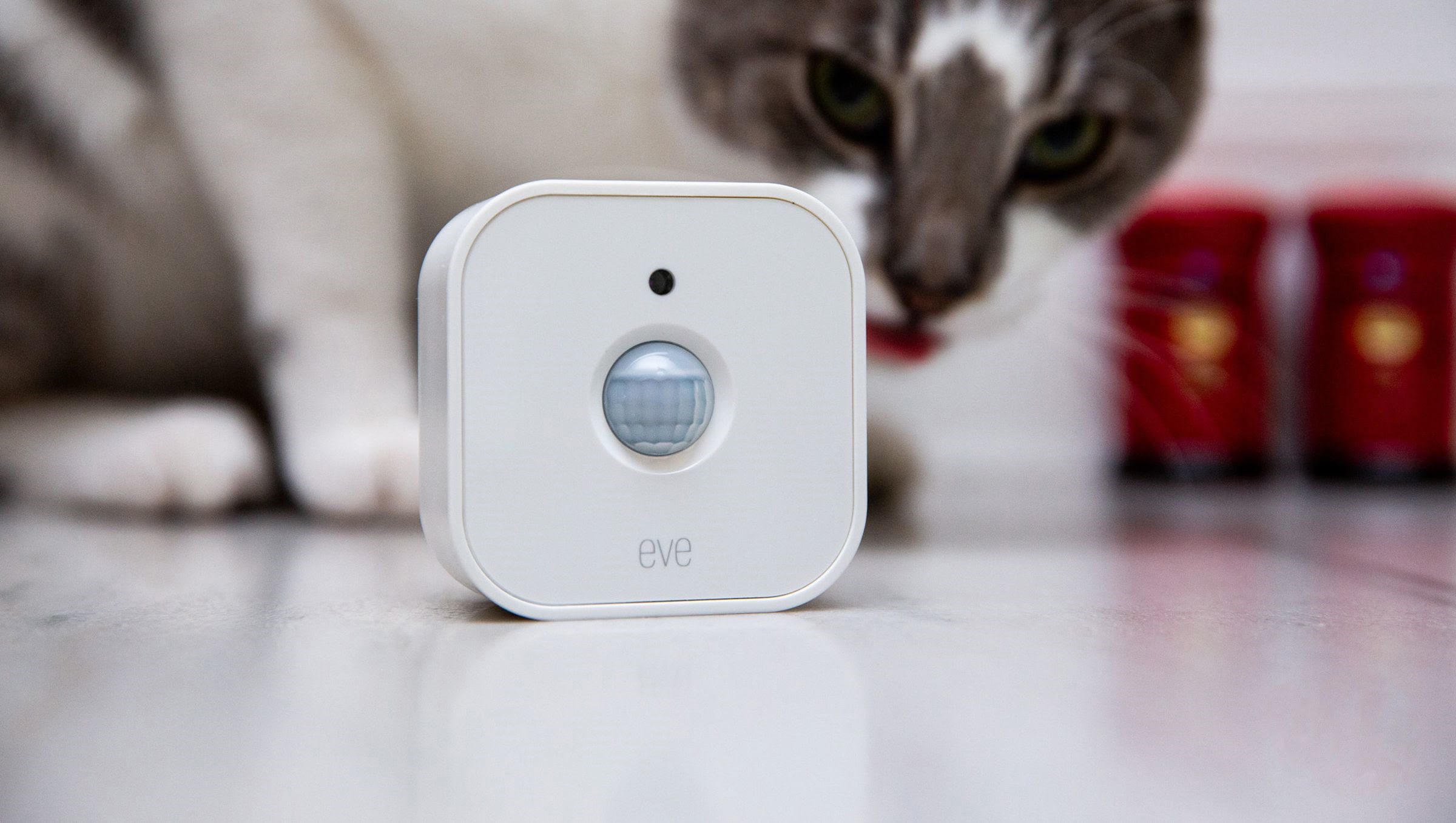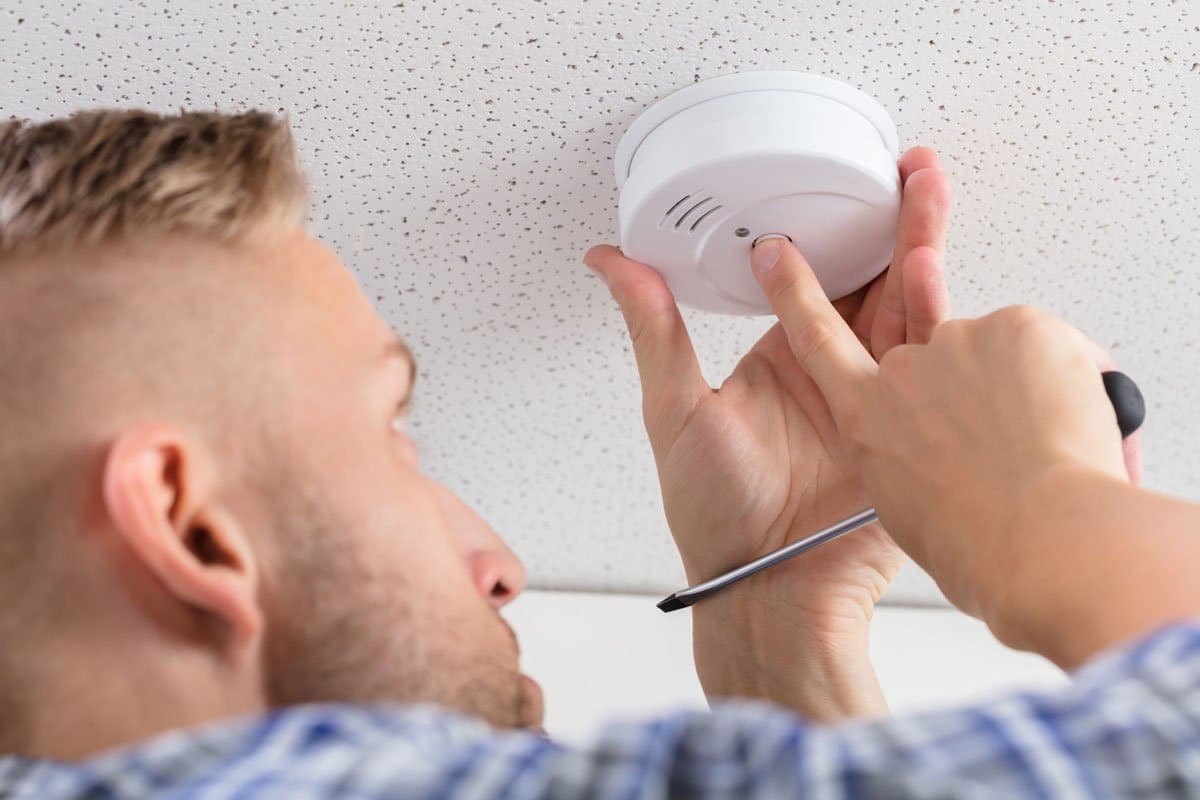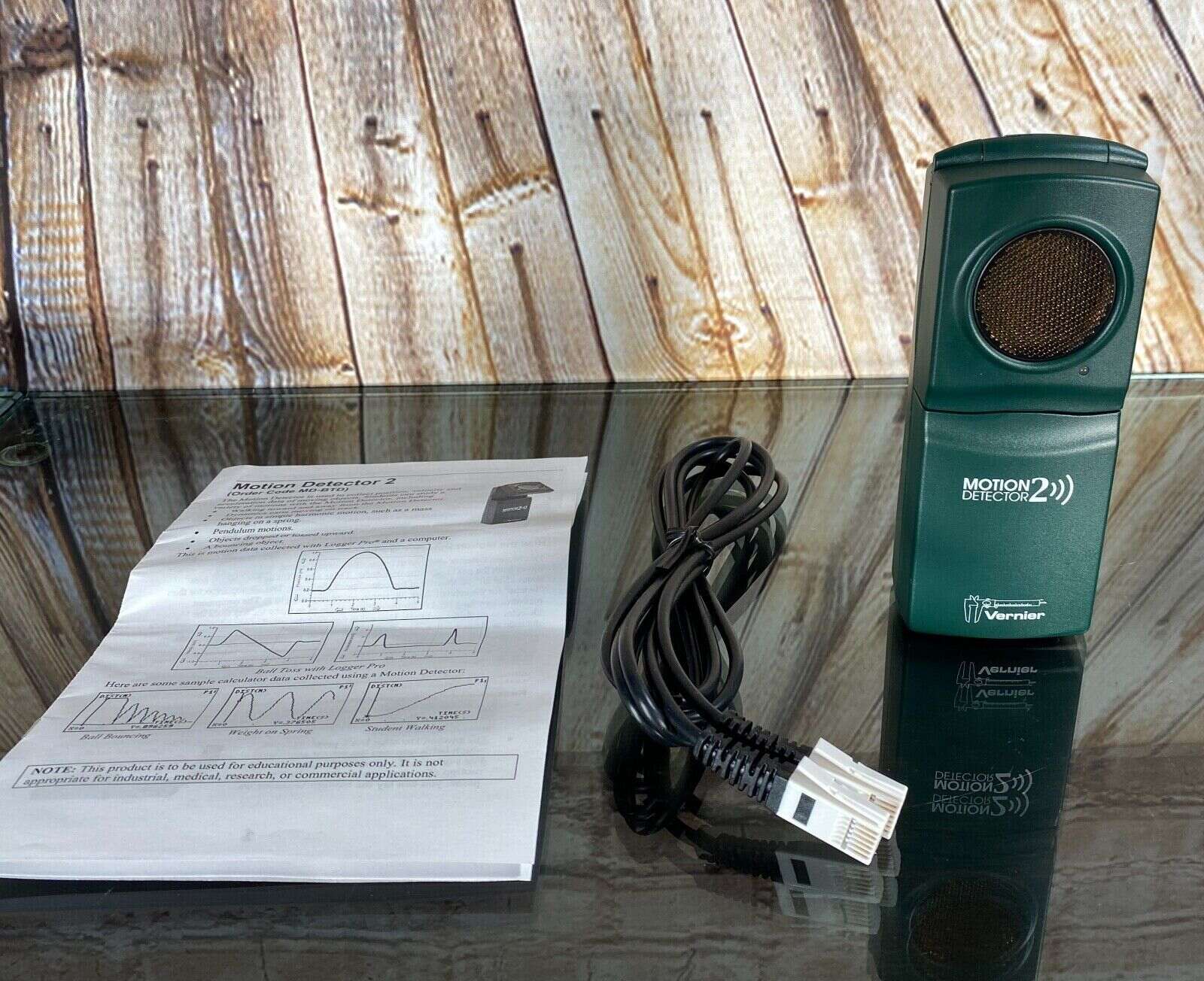Home>Home Security and Surveillance>How High Should You Put A Motion Detector
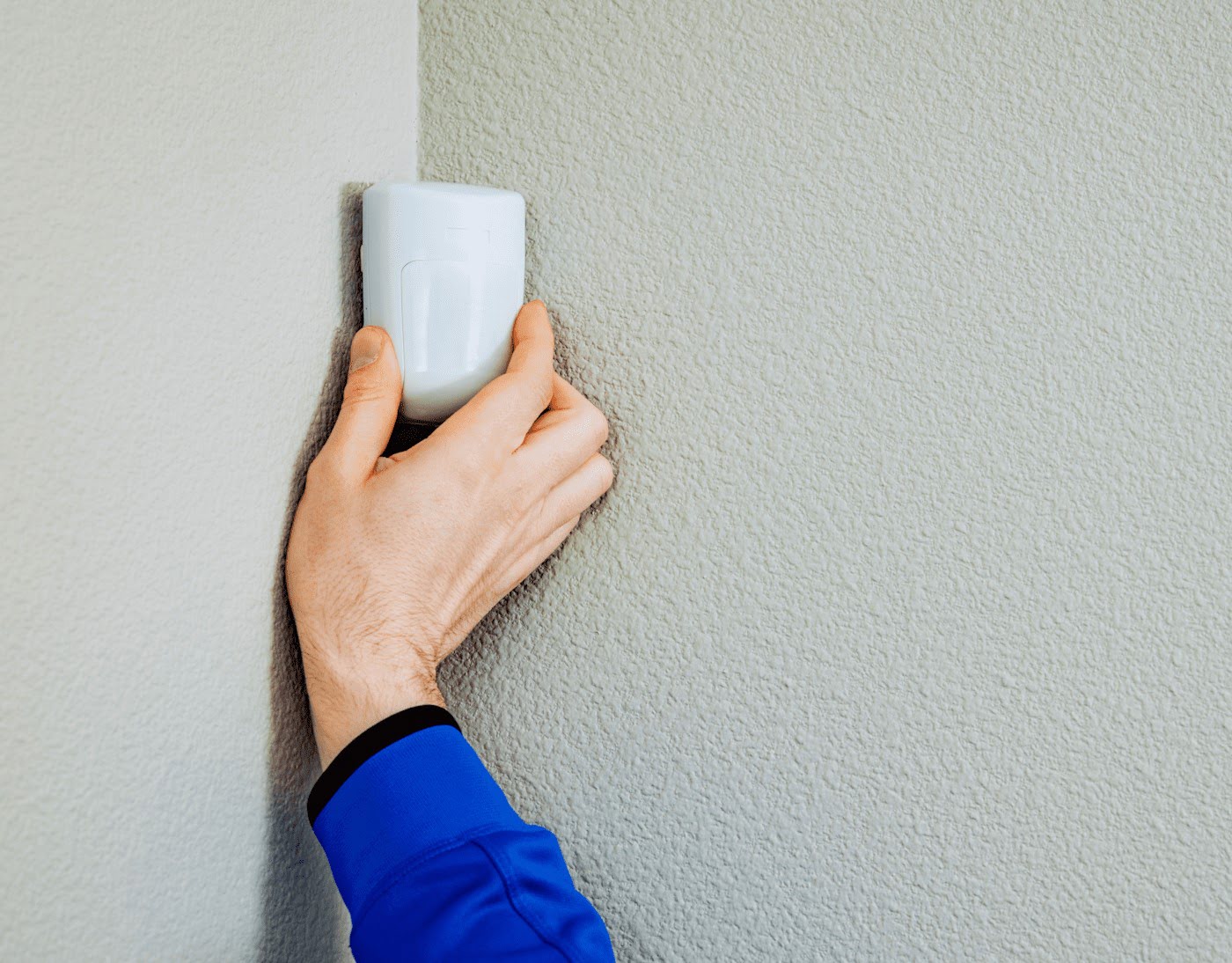

Home Security and Surveillance
How High Should You Put A Motion Detector
Modified: March 6, 2024
Discover the optimal height for installing a motion detector in your home. Ensure maximum effectiveness of your home security and surveillance system.
(Many of the links in this article redirect to a specific reviewed product. Your purchase of these products through affiliate links helps to generate commission for Storables.com, at no extra cost. Learn more)
Introduction
Welcome to our comprehensive guide on motion detector placement! Whether you’re thinking about installing a motion detector for home security or surveillance purposes, finding the ideal height for its placement is crucial. A well-positioned motion detector can significantly enhance the effectiveness and efficiency of your security system.
In this article, we will explore the key factors to consider when installing a motion detector and provide insights into the ideal height for its placement. We will also highlight common mistakes to avoid and discuss other important considerations for motion detector placement.
So, let’s dive in and learn how to optimize the placement of motion detectors in your home or business!
Key Takeaways:
- Find the sweet spot! Mount your motion detector at eye-level (5 to 6 feet) to cover the desired area within its detection range and minimize false alarms from smaller objects.
- Avoid common mistakes! Don’t place the detector too high or low, expose it to sunlight, neglect testing, ignore pets, or forget regular maintenance for optimal performance.
Factors to Consider When Installing a Motion Detector
Before determining the height at which to install your motion detector, it’s important to consider a few key factors. These factors will help you make an informed decision and ensure that your motion detector functions optimally. Here are some important factors to consider:
- Area of coverage: Take into account the area that you want your motion detector to cover. This could be an outdoor area such as a driveway or patio, or an indoor space like a hallway or living room. The size of the area will influence the placement and height of your motion detector.
- Type of motion detector: There are various types of motion detectors available, including passive infrared (PIR), microwave, and dual-technology sensors. Each type has different detection patterns and ranges. Understanding the capabilities of your specific motion detector will help you determine the optimal height for installation.
- Obstacles and potential interference: Consider any obstacles or potential sources of interference that may affect the performance of your motion detector. For example, objects like trees, shrubs, or furniture can obstruct the sensor’s field of view and reduce its effectiveness. Minimize any obstructions to ensure proper coverage and detection.
- Mounting options: Different motion detectors come with various mounting options, such as wall mount or ceiling mount. The mounting option you choose will influence the height at which the motion detector is installed. Determine the most suitable mounting option based on the specific requirements of your space.
- Power source: Consider the power source for your motion detector. Some models may require a direct electrical connection, while others may be battery-powered. The availability and location of power sources in the area will impact the placement of your motion detector.
By considering these factors, you can make informed decisions about the placement of your motion detector and ensure that it effectively covers the desired area while minimizing potential interference.
Ideal Height for Motion Detector Placement
Once you have taken the above factors into consideration, it’s time to determine the ideal height for installing your motion detector. While there is no one-size-fits-all answer, there are some general guidelines that can help you make an informed decision:
- Optimal detection range: Most motion detectors have a recommended detection range provided by the manufacturer. This range indicates the maximum distance at which the sensor can detect motion. To ensure optimal coverage, place the motion detector at a height that allows it to cover the desired area within its detection range.
- Eye-level placement: A general rule of thumb is to mount the motion detector at eye-level. This height is typically between 5 to 6 feet (1.5 to 1.8 meters) above the ground. Placing the motion detector at eye-level allows for better detection of human movement, as it aligns with the typical height of a person. This can help minimize false alarms caused by smaller animals or objects.
- Angle of detection: Consider the angle at which the motion detector will be positioned. Ideally, the sensor should be tilted slightly downwards to cover the desired area effectively. This angle can vary depending on the specific needs of your space, but typically a downward angle of 30-45 degrees is recommended.
- Accessibility: Ensure that the motion detector is easily accessible for maintenance and adjustments. Installing it at a height that allows for convenient access will make it easier to change batteries, adjust settings, or clean the sensor if needed.
- Blend with the surroundings: If aesthetics are important to you, consider placing the motion detector in a way that blends with the surroundings. This can be achieved by choosing a color or finish that matches the wall or ceiling, or by strategically positioning it in a less conspicuous area.
Keep in mind that these guidelines are general recommendations, and the ideal height for motion detector installation may vary depending on your specific circumstances. It’s always a good idea to consult the manufacturer’s guidelines and follow any specific instructions provided.
By considering these guidelines and adjusting them to your specific needs, you can determine the ideal height for installing your motion detector and ensure optimal performance.
Mount motion detectors 6-8 feet above the ground for optimal coverage. Avoid placing them near heat sources or direct sunlight to prevent false alarms.
Common Mistakes to Avoid
When it comes to installing motion detectors, there are a few common mistakes that you should avoid to ensure optimal performance and effectiveness. By being aware of these mistakes, you can save time, effort, and potential headaches down the line. Here are some of the most common mistakes to avoid:
- Incorrect placement height: One of the most common mistakes is installing the motion detector at the wrong height. Placing it too high or too low can result in inefficient or inaccurate detection. Avoid mounting the motion detector too close to the ceiling or too close to the ground, as this can limit its field of view and reduce its effectiveness.
- Direct exposure to sunlight or heat sources: Exposing the motion detector to direct sunlight or placing it near heat sources like vents or radiators can interfere with its performance. The heat or sunlight can impact the sensor’s sensitivity, leading to false alarms or missed detections. Choose a location that is shielded from direct sunlight and away from sources of excessive heat.
- Neglecting to test and calibrate: After installing your motion detector, it’s crucial to test and calibrate it properly. Neglecting this step can lead to false alarms or missed detections. Take the time to test the detection range, adjust the sensitivity settings, and ensure that it accurately detects motion in the desired area.
- Ignoring the sensor’s field of view: Each motion detector has a specific field of view, which is the area that the sensor can monitor for motion. Ignoring this field of view can result in blind spots or inadequate coverage. Be mindful of the sensor’s viewing angle and adjust the placement accordingly to cover the desired area effectively.
- Failure to consider pets: If you have pets, it’s important to consider their movement patterns when determining motion detector placement. Placing the motion detector too low can result in false alarms triggered by pets moving around the area. Opt for a height that minimizes the chance of pet-triggered false alarms.
Avoiding these common mistakes will help ensure that your motion detector functions optimally and provides reliable detection for your home or business security system.
Other Considerations for Motion Detector Placement
In addition to the height and factors mentioned earlier, there are a few more considerations to keep in mind when installing motion detectors. These factors can further optimize the performance and functionality of your security system. Let’s explore these considerations:
- Multiple motion detectors: Depending on the size and layout of your space, you may need to install multiple motion detectors for comprehensive coverage. Strategically placing multiple detectors can ensure that every corner of your property is monitored effectively. Take into account the overlapping coverage areas and adjust the height and angle of each detector accordingly.
- Zoning: If you have a large property with different zones or areas that require different levels of security, consider zoning your motion detectors. By zoning, you can adjust the sensitivity and detection settings for each area individually. This allows you to customize the security levels and minimize false alarms.
- Integration with other security devices: Motion detectors can be integrated with other security devices, such as cameras, alarms, or smart home systems. Consider how your motion detectors will work in harmony with these devices and ensure that their placement enhances the functionality and overall security of your system.
- Regular maintenance: Like any electronic device, motion detectors require regular maintenance to ensure optimal performance. Dust, dirt, and debris can accumulate on the sensor and affect its sensitivity. Regularly clean the motion detector and inspect it for any physical damages. Additionally, replace the batteries if you have battery-powered detectors, as low battery power can compromise the performance of the detector.
- Consulting a professional: If you are unsure about the placement or installation of motion detectors, it is always wise to consult a professional. They can assess your space, consider specific security needs, and guide you in determining the best locations and heights for optimal coverage and functionality.
By taking these additional considerations into account, you can maximize the efficiency and effectiveness of your motion detectors, ensuring a robust and reliable home or business security system.
Read more: How High Should You Hang Curtains
Conclusion
Proper placement of motion detectors plays a crucial role in ensuring the effectiveness and efficiency of your home or business security system. By considering the various factors discussed in this article, you can determine the ideal height for installation and optimize the coverage and detection range of your motion detectors.
Taking into account factors such as the area of coverage, type of motion detector, potential obstacles, mounting options, and power source will help you make informed decisions about placement. Additionally, following the guidelines of optimal detection range, eye-level placement, angle of detection, accessibility, and blending with the surroundings will further enhance the performance of your motion detectors.
Avoiding common mistakes such as incorrect placement height, exposure to sunlight or heat sources, neglecting to test and calibrate, ignoring the sensor’s field of view, and not considering pets will help prevent false alarms and ensure accurate motion detection. Other considerations, including multiple motion detectors, zoning, integration with other security devices, regular maintenance, and consulting a professional, can further enhance the functionality and reliability of your security system.
Remember that every space is unique, and the optimal placement of motion detectors may vary. It’s essential to assess your specific needs, consult the manufacturer’s guidelines, and rely on professional advice, if necessary, to determine the best height and location for your motion detectors.
By taking the time to carefully plan and install your motion detectors, you can enhance the security and safety of your home or business, providing peace of mind for you and your loved ones.
Frequently Asked Questions about How High Should You Put A Motion Detector
Was this page helpful?
At Storables.com, we guarantee accurate and reliable information. Our content, validated by Expert Board Contributors, is crafted following stringent Editorial Policies. We're committed to providing you with well-researched, expert-backed insights for all your informational needs.
